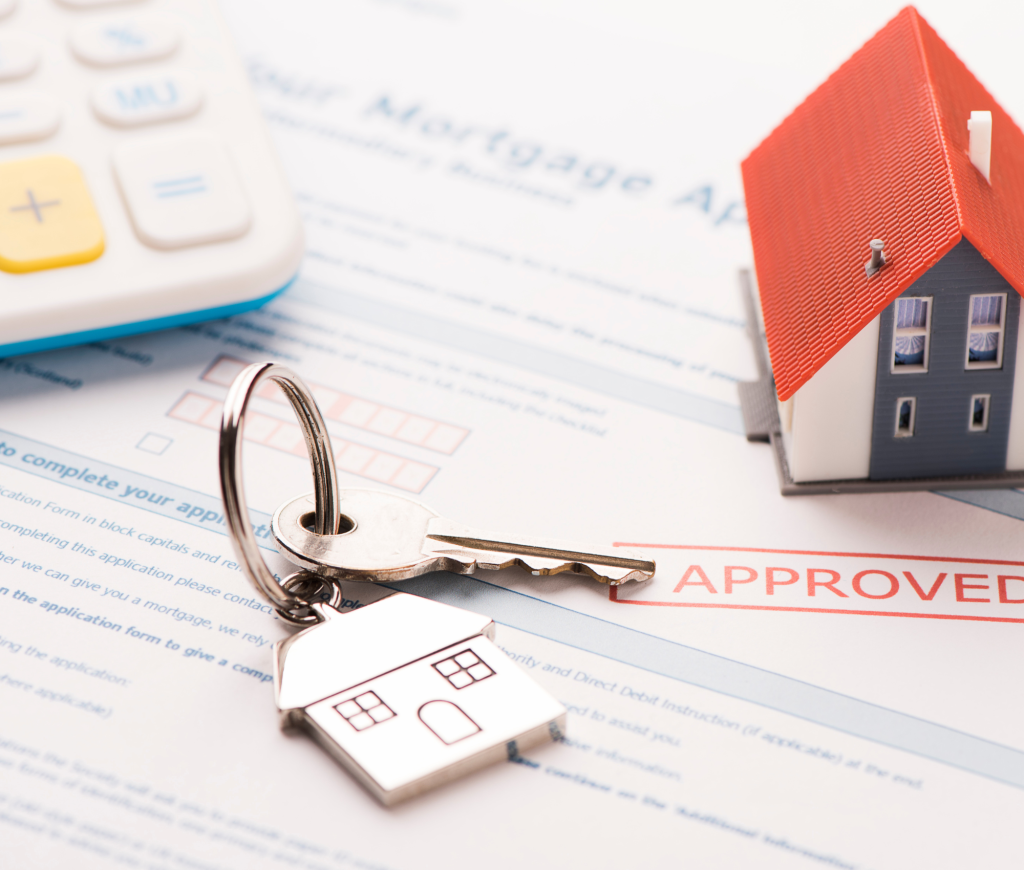
First-Time Homebuyer 101:
How to Determine Your Homebuying Budget
Buying your first home is an exciting milestone, but it can also be a daunting process, especially when it comes to figuring out your budget. Determining how much you can afford to spend on a home is the crucial first step in your homebuying journey. To help you navigate this process, we’ve put together this comprehensive guide on how to determine your homebuying budget.
Why is Setting a Budget Important?
Before you start browsing listings or attending open houses, it’s essential to determine your homebuying budget. Knowing how much you can afford will save you time and ensure that you’re looking at homes that are within your financial reach.
Setting a budget will also give you a clear picture of what your monthly mortgage payments will be and help you avoid overextending yourself financially. Remember, buying a home is a significant financial commitment, and you want to make sure you can comfortably afford your mortgage payments along with other expenses.
Step 1: Assess Your Financial Situation
First things first, take a good look at your finances. This step is all about getting a clear picture of your income, expenses, debts, and savings. Start by calculating your monthly income after taxes. Include any additional sources of income you may have, such as bonuses or freelance work.
Next, list out all your monthly expenses, from rent and utilities to groceries and entertainment. Be thorough and honest with yourself. Knowing where your money goes each month is crucial for creating a realistic budget.
Don’t forget to account for any existing debts, such as student loans, car payments, or credit card balances. These will impact how much you can afford to spend on a mortgage each month.
Finally, take a look at your savings. How much do you have set aside for a down payment, closing costs, and other homeownership expenses? A larger down payment can lower your monthly mortgage payments and potentially save you money in the long run.

Step 2: Calculate Your Debt-to-Income Ratio
Now that you have a clear picture of your finances, it’s time to calculate your debt-to-income (DTI) ratio. Your DTI ratio is a measure of how much of your monthly income goes toward paying off debt.
To calculate your DTI ratio, divide your total monthly debt payments by your gross monthly income (before taxes). Multiply the result by 100 to get a percentage. Ideally, you’ll want your DTI ratio to be below 43%, although some lenders may accept higher ratios.
A lower DTI ratio indicates that you have more room in your budget to afford a mortgage payment. If your DTI ratio is on the higher side, you may need to focus on paying down debt before buying a home or consider looking for a more affordable property.
Step 3: Determine Your Down Payment
The next step in determining your homebuying budget is deciding how much you can afford to put down as a down payment. While the traditional down payment is 20% of the home’s purchase price, many first-time buyers put down less, sometimes as little as 3% to 5%.
Consider your savings and how much you’re comfortable putting toward a down payment. Keep in mind that a larger down payment can lower your monthly mortgage payments and potentially save you money on interest over time. However, don’t stretch yourself too thin—make sure you have enough savings left over for emergencies and other expenses.
Need help saving for a down payment? Check out these tips!
Step 4: Factor in Additional Costs
Buying a home involves more than just the purchase price. You’ll also need to budget for closing costs, which typically range from 2% to 5% of the home’s purchase price. These costs include fees for loan origination, appraisal, title insurance, and more.
Additionally, don’t forget to budget for ongoing homeownership expenses, such as property taxes, homeowners insurance, maintenance, and utilities. These costs can add up quickly, so it’s essential to factor them into your budget from the start.
Step 5: Get Pre-Approved for a Mortgage
Once you’ve crunched the numbers and have a clear idea of your budget, it’s time to get pre-approved for a mortgage. A mortgage pre-approval will give you a better understanding of how much you can borrow and what your monthly payments will look like.
To get pre-approved, you’ll need to provide your lender with documentation of your income, assets, debts, and credit history. They’ll review your financial information and determine how much they’re willing to lend you.
Keep in mind that a pre-approval isn’t a guarantee of financing, but it does show sellers that you’re a serious buyer and can give you a competitive edge in a competitive market.

Conclusion
Determining your homebuying budget is an important first step in the homebuying process. By assessing your financial situation, calculating your debt-to-income ratio, deciding on a down payment, factoring in additional costs, and getting pre-approved for a mortgage, you’ll be well on your way to finding your dream home.
Remember, buying a home is a significant financial decision, so take your time, do your research, and don’t be afraid to ask for help when you need it. With careful planning and budgeting, you’ll soon be unlocking the door to homeownership and creating a place to call your own.
